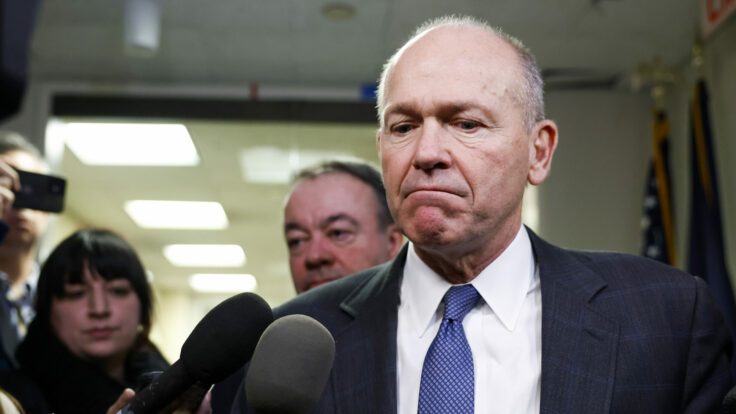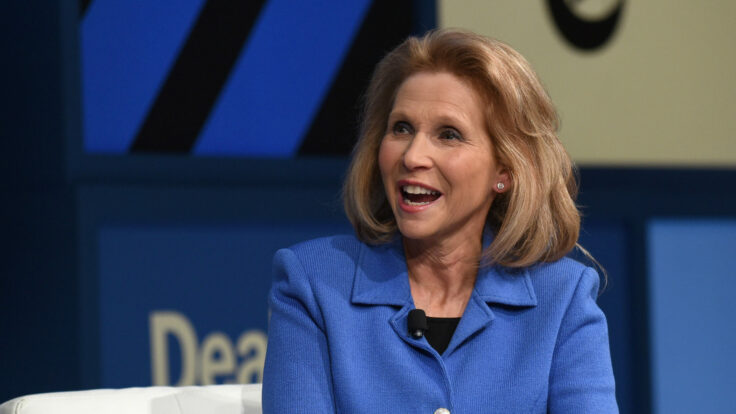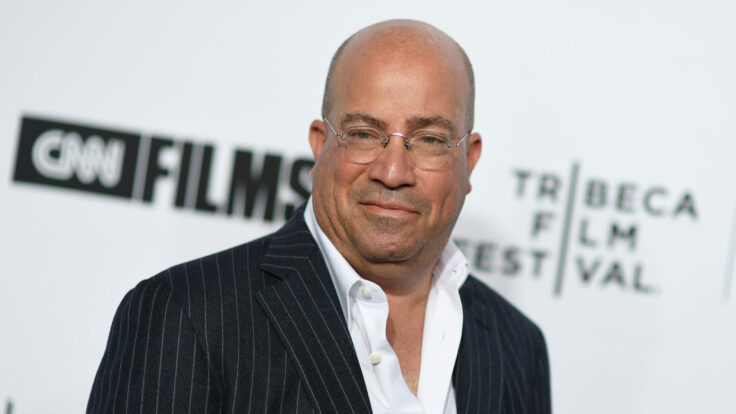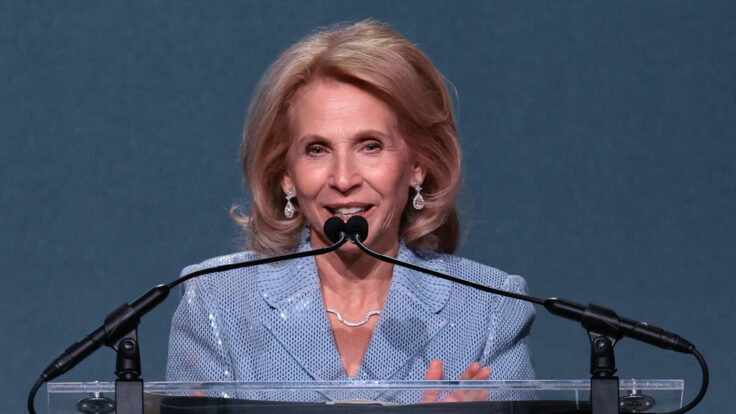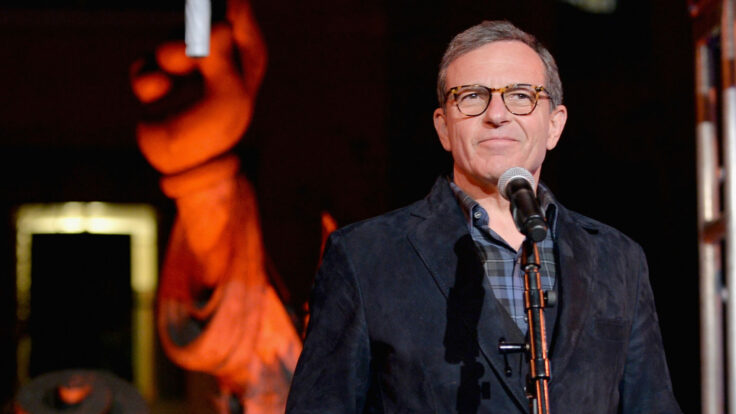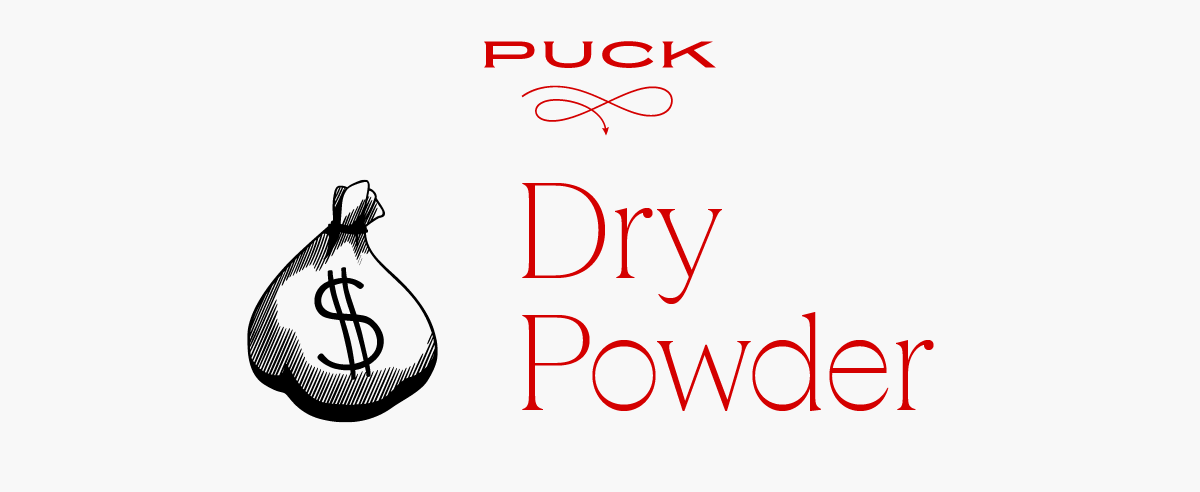 |
|
Happy Wednesday, and welcome back to Dry Powder.
|
|
It’s rare that big-name, institutional investors feel compelled to come forward and explain why their bets have failed. But in the wake of the collapse of FTX, and its fraudster founder, Sam Bankman-Fried, a handful of major firms have stepped up to the mic to explain themselves. Today, a look at what these apologies tell us about FTX, S.B.F., and the scope of this generational financial debacle.
|
|
|
Supposedly smart investors lose money all the time in companies that go down the tubes, with nary a word of apology or explanation—that patented billionaire shit-happens shoulder-shrug that’s intended to make L.P.s recognize that they are lucky enough to have their money put to work by the pros. But there is something different about the Sam Bankman-Fried financial disaster that has caused at least two of the sophisticated money players behind FTX, his crypto exchange company, to come forward to try to explain publicly how and why they screwed up.
It’s notable that Sequoia Capital, the legendary Sand Hill Road venture capital firm that invested early in companies from Apple to Google and LinkedIn to Instagram, and Temasek, the sovereign wealth fund of Singapore, wrote their own Ninety Five Theses of sorts explaining the errors of their ways (sanitized by their lawyers, obviously) in flushing $500 million down the toilet. These attempts at explanations are interesting from a forensic perspective. For instance, if they did all the due diligence on S.B.F. and FTX, as they claimed to have done in their apologias, they might think seriously about stepping up their games because this won’t cut it in the Big Leagues.
The Sequoia brain trust, led by partner Alfred Lin and “young gun” Michelle Bailhe, was particularly wowed by S.B.F.’s beanbag-lounging grad student schtick. Lin, of course, was the purported adult in the room during the infamous June, 2021 Zoom conversation in which S.B.F. was distractedly playing video games while Sequoia’s partner kvelled about his genius. (“I LOVE THIS FOUNDER,” typed one partner. “I am a 10 out of 10,” pinged another. “YES!!!” exclaimed a third.)
This charming transcript has since disappeared from the Sequoia website, only to be replaced, on November 9, with the announcement that Sequoia had written down to zero its more than $200 million investment in FTX, even before FTX filed for bankruptcy two days later. “A liquidity crunch has created solvency risk for FTX and its future is uncertain,” the firm wrote, somewhat presciently and understatedly. “Many have been affected by this unexpected turn of events.” The same day, Sequoia explained in a letter to its limited partners, “We are in the business of taking risk. Some investments will surprise to the upside, and some will surprise to the downside. We do not take this responsibility lightly.”
Sequoia explained that it did “rigorous due diligence” on FTX and S.B.F.—not rigorous enough clearly—and discovered in 2021 that FTX had more than $1 billion in revenue and some $250 million in operating profit. Of course, the new FTX C.E.O., John Ray III, said he had little faith in these audited financial statements. “The current situation is developing quickly,” Sequoia added, helpfully. The firm also made clear it did not expect to get its money back. “For FTX, we believe its fiduciary responsibility is first to its customers, and second to its shareholders,” Sequoia continued. In other words, Sequoia’s limiters aren’t getting jack back.
On November 18, at an investor conference in Helsinki, Doug Leone, another Sequoia partner who until July led the firm’s global operations, said, literally, there was nothing Sequoia could have done differently to avoid the fate the fund experienced with S.B.F. and FTX. He said, though, the loss might affect how Sequoia invests in the short-term. Sequoia is “in a dream business” Leone said, before adding that “I can tell you that, for the next three to six months, we’re going to dream a little less.”
Leone then likened an investment loss to childbirth, with which he presumably has limited first-hand experience. “Like having a child, you forget the pain of having that child three months later, a year later,” he said. “We want to be in a dream business… I think we lose that and we’re out of business.”
|
|
|
Temasek, for its part, was more sanguine about losing its $275 million investment in the FTX Group, while also explaining that it was only a tiny fraction of the more than $400 billion that the sovereign wealth fund has to invest. In fact, it was 0.09 percent of the $403 billion value of Temasek’s portfolio as of March 31, 2022.
First came its justification for investing in risky start-ups, equal to about six percent of its overall investment portfolio. “[W]e do recognise the inherent risks of investing in early stage companies and take a very measured approach to such investments by applying an illiquidity risk premium on the cost of capital,” the fund explained. As for FTX, Temasek explained that it spent eight months doing due diligence between February and October 2001.
The firm, too, spent time with FTX’s unreliable audited financials and found the firm to be “profitable.” Temasek also checked various regulatory boxes, such as “anti-money laundering” provisions, “know your customer” requirements, and cybersecurity risks. It consulted with the lawyers, of course, and did what journalists often do—checking around with people who knew the S.B.F. crowd to get personal references.
The firm admitted that the S.B.F. entourage seemed young and inexperienced. But it chalked that up to the nature of the crypto beast and start-ups more generally. “It is not uncommon for investors to back talented young founders and management teams in early stage ventures,” Temasek observed. “Such founder-led structures form the typical profile for digital and technology-based start-ups, and the founders are often the key drivers in every operational aspect of their companies. Many large technology companies we see today were created by young founders with a vision and the tenacity to build towards that. Key person risks are inherent risks for these start-ups.”
And then the non-apology apology. “We recognise that while our due diligence processes may mitigate certain risks, it is not practicable to eliminate all risks,” it continued. “Reports have since surfaced that customer assets were mishandled and misused in FTX. If these statements are true, then this amounts to serious misconduct or fraud at FTX. All of this is currently being investigated by the regulators. It is apparent from this investment that perhaps our belief in the actions, judgment and leadership of Sam Bankman-Fried, formed from our interactions with him and views expressed in our discussions with others, would appear to have been misplaced.” Ouch.
Like Sequoia, Temasek wrote off the value of its FTX investment to zero—equity investors rarely recover any value in the bankruptcy process, although it has been known to happen—but will of course learn something from the experience. You know, this is the dream business, after all. “There are inherent risks whenever we invest, divest, or hold our assets, and wherever we operate,” the firm continued. “While this write down of our investment in FTX will not have significant impact on our overall performance, we treat any investment losses seriously.”
Other investors in FTX, such as the Ontario Teachers’ Pension Plan, which invested $95 million in the FTX Group and has since written that investment off too, have come forward with their regrets about S.B.F. On the one hand, it is in the nature of early-stage investing to take risks that don’t always get rewarded. Hedge funds and pension funds, too, intentionally take on a certain amount of risk as part of their portfolio construction. On the other hand, there’s no question that many of FTX’s investors fell short of their own standards for due diligence, if there was any done at all.
|
|
|
The FTX debacle is one of those rare instances where some of the investors who lost their minds—and bid up the value of FTX to some $32 billion, as of January 2022 after only three years of the company being in business—have come forward to offer at least some semblance of an explanation for why they did what they did. They will probably be quickly forgiven and their gravy train will keep chugging along.
What remains to be determined is whether our friend S.B.F. is a criminal who deceived his investors, his customers, and his employees (and everyone else) deliberately—and who will find himself in Butner, or some other charming location—or whether he was just a woeful naif who stumbled his way along, inchoately, to financial infamy. I suspect it’s the former, not the latter. But until Judge John T. Dorsey, in courtroom No. 5 of the bankruptcy court in Wilmington, Delaware, appoints an examiner to investigate what happened in the Bahamas and when, we won’t have that answer, despite the Twitter mob’s eagerness to indict and to convict S.B.F.
When the Theranos scandal was exposed, there was plenty of self-congratulatory backslapping in Silicon Valley that the smart money had declined to invest, presumably seeing through Elizabeth Holmes’ facade. Those industry cheerleaders are mostly quiet now. Lots of noise surrounds the V.C. winners, after all, and we hear a lot about them and who is responsible for them. Success has many fathers on Wall Street. But it’s also just as true that failure is an orphan.
|
|
|
|
|
|
|
|
 |
|
|
|
Need help? Review our FAQs page or contact us for assistance. For brand partnerships, email ads@puck.news.
|
|
|
|
Puck is published by Heat Media LLC. 227 W 17th St New York, NY 10011.
|
|
|
|








